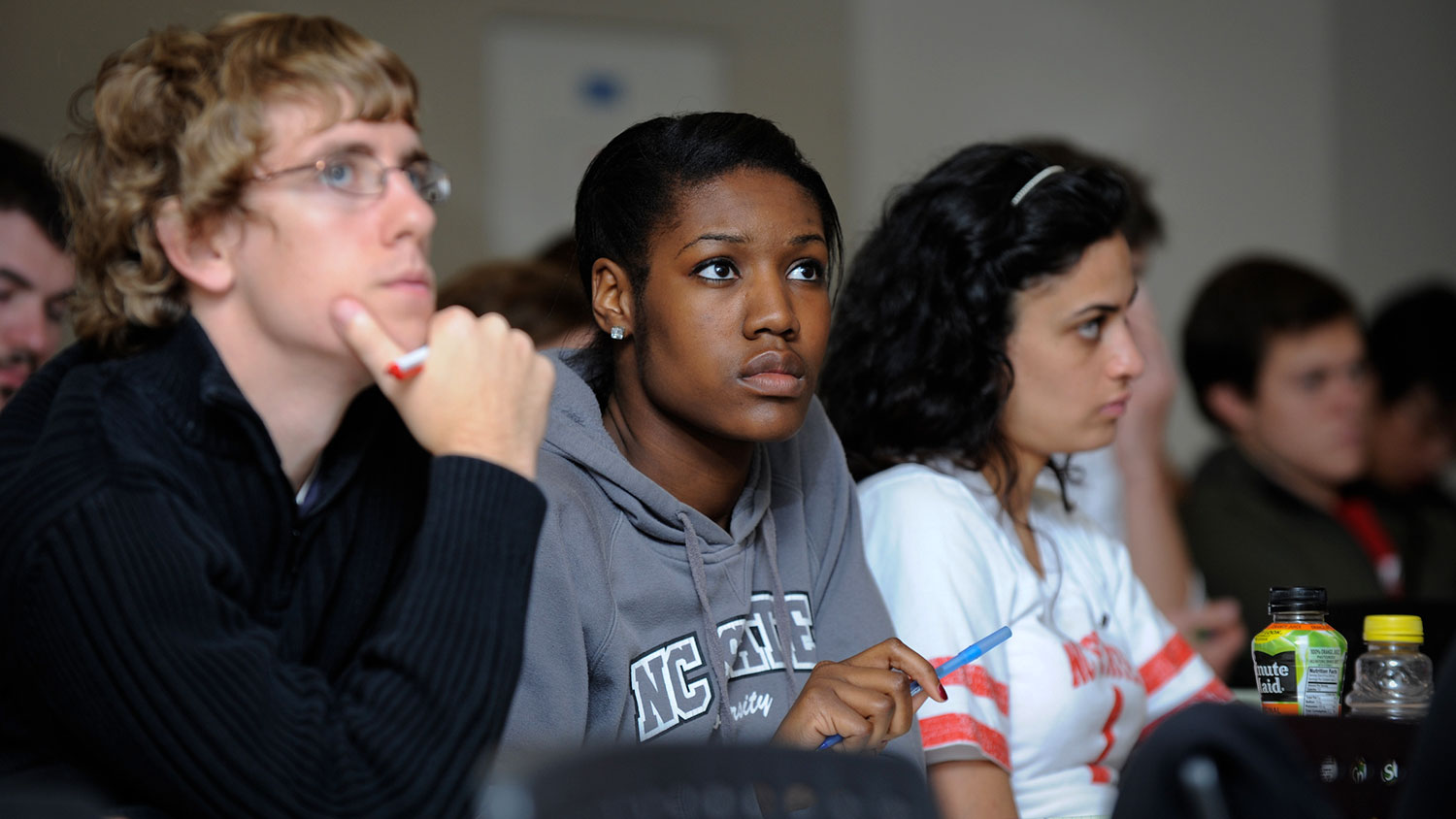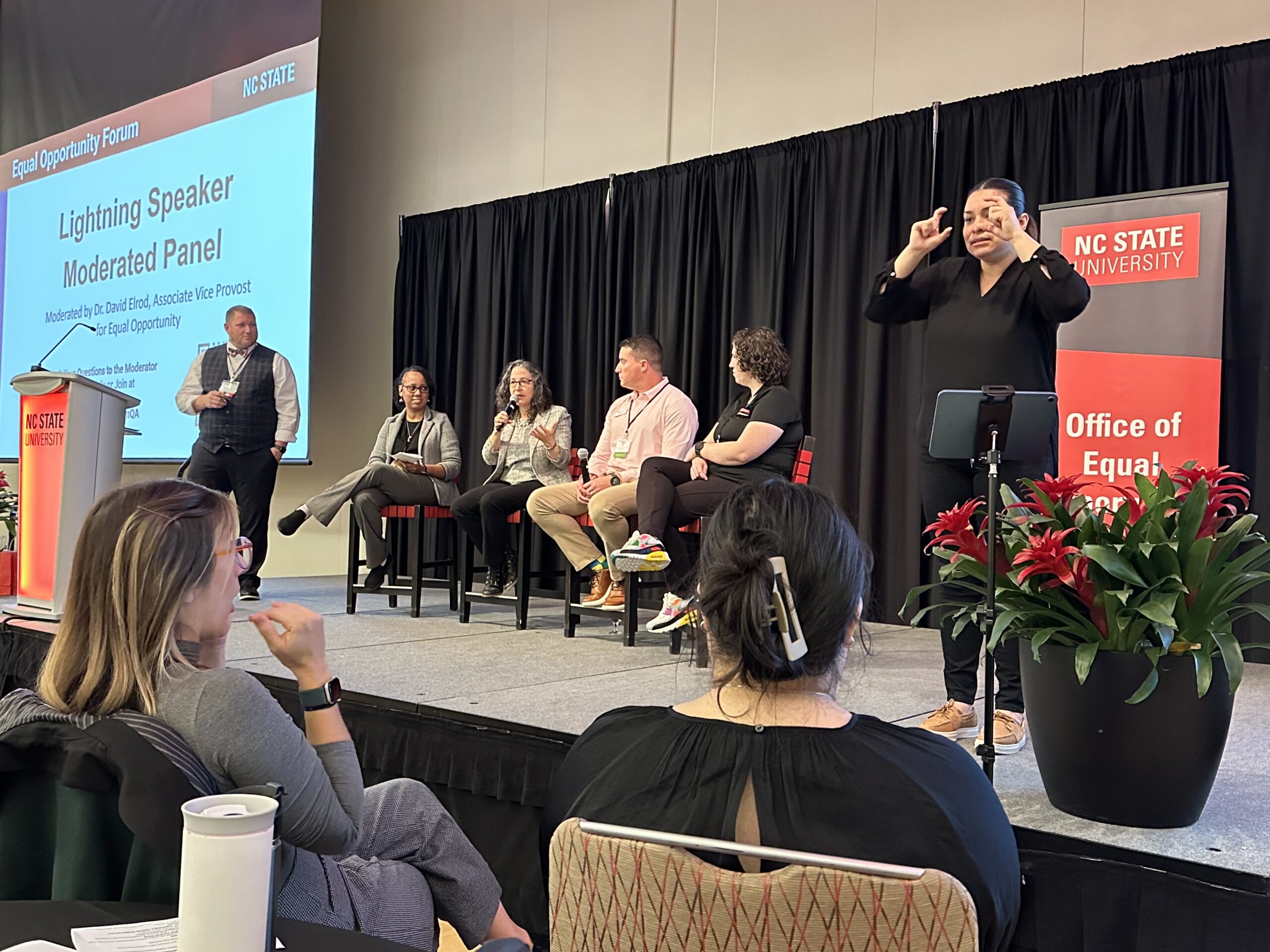Creating an Inclusive Learning Environment

Imagine a learning environment where every person has the opportunity to thrive and flourish. Where their differences are viewed as assets and essential. Where instruction is intentional and viewpoints are challenged with support. Where disagreements exist with civility. Sound utopic? Perhaps. However, when practiced, the manifestation is an inclusive learning environment.
Inclusive learning environments are more than “cherry picking,” ensuring that every (fill in the blank) is represented. Instead, it’s creating an atmosphere where learners see themselves reflected in curriculum, whereby the ways in which they learn are exemplified and where they feel valued in terms of what they bring to the classroom (lived experience, knowledge and curiosity). It’s where they can be their most authentic self and be affirmed in that reality by the person facilitating their learning. Hard? Not as much so. Deliberate? Absolutely.
When the concept of diversity and inclusivity emerges on college campuses, it often has less to do with what happens in the classroom and focuses more on what occurs in the student’s environment external to the classroom. Yet, students’ learning is holistic and the entire ecosystem should allow for them to port their whole being everywhere they go. Mary Armstrong in “Small World: Crafting an Inclusive Classroom (No Matter What You Teach)” suggests,
“We frequently fail to distinguish inclusivity in course content and/or diversity in the student populations from pedagogical inclusivity in the classroom. Or, put another way, we sometimes contend that if a course’s content is not in direct conversation with issues having to do with differences and social justice, then that course’s classroom is not a place where issues inclusivity can be addressed or fostered. “My courses have nothing to do with diversity” is probably a sentence we have all heard (or perhaps even spoken ourselves) and it is often a sentence put forward as the “free pass” that discharges us from further responsibilities in the matter.”
So what might this look like? Five considerations emerge.
If the university has a diversity statement, consider adding it your syllabus. Lifting up community messaging is essential to creating a shared environment purposed for learning.
Secondly, consider the language that is used in communication, both in written format as well as what is spoken in the classroom. Think language that is inclusive and less dominant so that each student may see and hear themselves reflected.
Third, consider how you as the facilitator of learning check your own biases. We all have them. Being aware of the extent to which they may disrupt learning is vital. Doing so can impact a student’s sense of belongingness.
Fourth, explore how dynamic your instruction is. Do you take into account the many varied ways that students learn? Is there evidence that supports multiple levels of intelligence or narrowed approaches that reflect how you were taught, when you were a student?
Finally, if you are concerned as to whether learning can and will actually happen when facilitating an inclusive classroom, consider the neuroscience that supports your effort.
Valerie Purdy Greenaway suggests that we take into consideration the experience of the “outsider” and subsequently, create an intervention for such. For example, the concept of academic probation is viewed as negative and threatening. As such, when students haven’t met academic expectations and are placed on academic probation, the communication to them typically outlines factors and procedures that affirm that the student does not belong in the community because they’ve failed. However, when the communication outlines that various factors may have impacted their ability to succeed, provides resources for remedy and affirms that they are a valued member of the community, their sense of threat decreases and their effort to be academically successful is enhanced, thereby allowing them to be removed from academic probation. Consider what kinds of “interventions” you might create that honor the tenets of the course while providing support for learners to successfully meet them. In our next iteration, we will explore ambiguity in the learning environment and create responses to a more equitable classroom.
Stephanie Helms Pickett, Ed.D. is associate vice provost for diversity engagement, training and education in the Office for Institutional Equity and Diversity.


